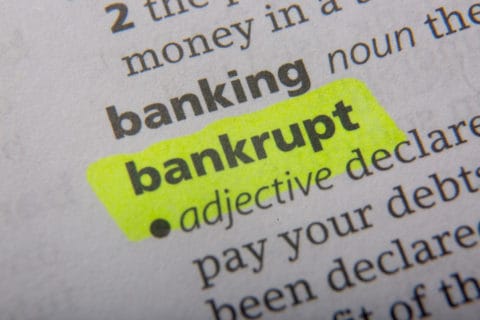Different Types of Bankruptcy
This video explains the characteristics of the two types of bankruptcy available to individuals. Chapter 7 is known as liquidated bankruptcy because it allows for total discharge and elimination of unsecured debts. Meanwhile, Chapter 13 creates a formal plan to restructure secured debt and stop foreclosure. Consult an attorney to ensure that you file for the correct type.
Chapter 7 bankruptcy requires a court-appointed trustee to sell off any of the debtor’s non-exempt possessions to pay off creditors. However, a well-filed petition often shields many possessions from the reach of the law. Meanwhile, Chapter 13 allows a debtor to keep most of his or her property, but it does not get rid of unsecured loans.

